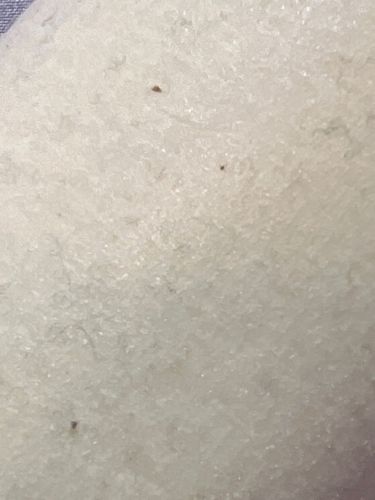Bird mite or Rodent mite
Scientific Name: Dermanyssus gallinae or Ornithonyssus spp. (If bird mite) / Ornithonyssus bacoti (If rodent mite)
Order & Family: Parasitiformes (Order), Dermanyssidae or Macronyssidae (Family)
Size: 0.5 - 1 mm (unfed)

Natural Habitat
Nests and roosting areas of birds (bird mites), or nests and bedding areas of rodents (rodent mites). They can also infest homes, particularly after hosts abandon nests or die.
Diet & Feeding
Blood of birds or rodents. They are obligate hematophagous parasites.
Behavior Patterns
Nocturnal feeders, spending most of their time in crevices or nests. They can survive for weeks or months without a blood meal. When their primary hosts are unavailable (e.g., birds fledge, rodents are removed), they will seek out alternative hosts, including humans.
Risks & Benefits
Risks: Cause irritating bites (pruritus, dermatitis) in humans, leading to discomfort and secondary infections from scratching. They do not typically transmit diseases to humans but can cause significant distress. For their primary hosts, heavy infestations can lead to anemia and stress. Benefits: None to humans; in the ecosystem, they are part of the complex parasite-host dynamics.
Identified on: 11/4/2025